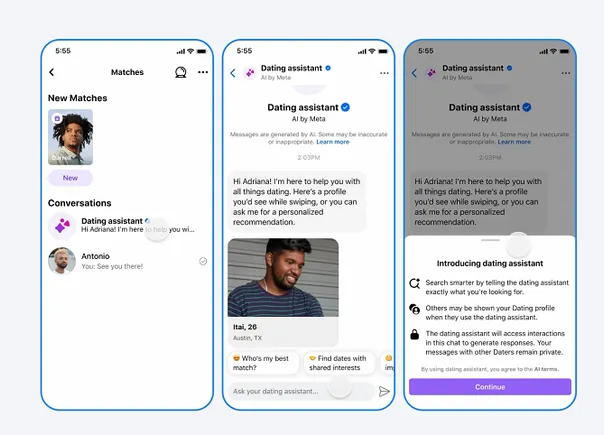Olympics TV ad data revealed, WPP’s big boost, and the Russia-Ukraine effect: Datacenter Weekly
Plus, the political party dominating campaign advertising right now, beyond Nielsen, and more.

Welcome to Ad Age Datacenter Weekly, our data-obsessed newsletter for marketing and media professionals.
WPP’s ‘outstanding’ results
“WPP has reported what it calls ‘outstanding’ full-year results for 2021,” Ad Age’s Alexandra Jardine reports, “boosted by new business gains such as Coca-Cola, the strong performance of GroupM and increased demand for digital and e-commerce and technology services from its clients.”
Essential context: The holding company’s revenue rose by 6.7% to 12,801 million pounds last year, or 12.1% on an organic like-for-like basis. As the last of the major holding companies to report full-year results, that compares well to its major competitors. Publicis reported organic revenue growth of 10%, Interpublic 11.9% and Omnicom 10.2%.”
Political ad dominance
“Republicans are massively outspending Democrats when it comes to political advertising in four out of the top five gubernatorial races in the U.S.,” according to the latest Ad Age Campaign Ad Scorecard analysis.
Essential context: “Among the five states—Pennsylvania, Texas, Illinois, Alabama and Nebraska—with the highest ad spending so far on gubernatorial campaigns across TV, radio and digital, $49.9 million has been spent by Republicans vs. $8.2 million by Democrats. Those figures tally booked spending by campaigns and the political action committees that support them from Dec. 28, 2021, through Election Day as of Feb. 16, 2022.”
Winter Olympics audience and advertising data
TV advertising measurement and analytics company iSpot.tv is out with final data about the Beijing Winter Olympics. Some key highlights:
• NBCU coverage of the Winter Olympics reached 163 million people in the U.S. across linear and streaming TV, not including 31.7 million out-of-home viewers.
• NBCU’s linear broadcasts of the Games reached more than half (75.1 million) of U.S. households.
• NBCU’s streaming of the Games on Peacock and other platforms reached an additional 27.4 million viewers across 12.8 million households. Some 66% of those who streamed did so exclusively—meaning they didn’t also catch coverage via linear TV.
• The Winter Olympics generated 19.96 billion total TV ad impressions for advertisers.
• Toyota was the most-seen advertiser during the Winter Olympics.
• The most-seen marketer categories that advertised during the Winter Olympics were automakers, movie studios, streaming services and credit card companies, in that order.
• iSpot says that TV commercials that aired during the Winter Olympics earned 15% more attention than the norm—due in part to NBCU’s decision to lower its ad load (which was 22% less than that seen on competing programming from ABC, CBS and Fox).
Beyond Nielsen
More on data-rich alternatives to Nielsen—all from Ad Age’s Jack Neff:
• “Comcast will let Nielsen rival VideoAmp use its huge data set”
• “ANA readies pilot of Nielsen TV panel alternatives that will likely include Kantar”
• “Discovery and Omnicom will use Comscore and VideoAmp data to test Nielsen alternative”
Ad Age Agency Report 2022: Call for entries
The upcoming Ad Age Agency Report 2022 will include the industry’s definitive ranking of agencies, agency networks and agency companies. Make sure your agency is included by completing Ad Age Datacenter’s questionnaire, available at AdAge.com/arq.
Watch for it: Ad Age’s 78th annual Agency Report comes out online and in print on April 25. See last year’s report here.
The newsletter is brought to you by Ad Age Datacenter, the industry’s most authoritative source of competitive intel and home to the Ad Age Leading National Advertisers, the Ad Age Agency Report: World’s Biggest Agency Companies and other exclusive data-driven reports. Access or subscribe to Ad Age Datacenter at AdAge.com/Datacenter.
Ad Age Datacenter is Kevin Brown, Bradley Johnson and Catherine Wolf.
This week’s newsletter was compiled and written by Simon Dumenco.

 Koichiko
Koichiko 
































